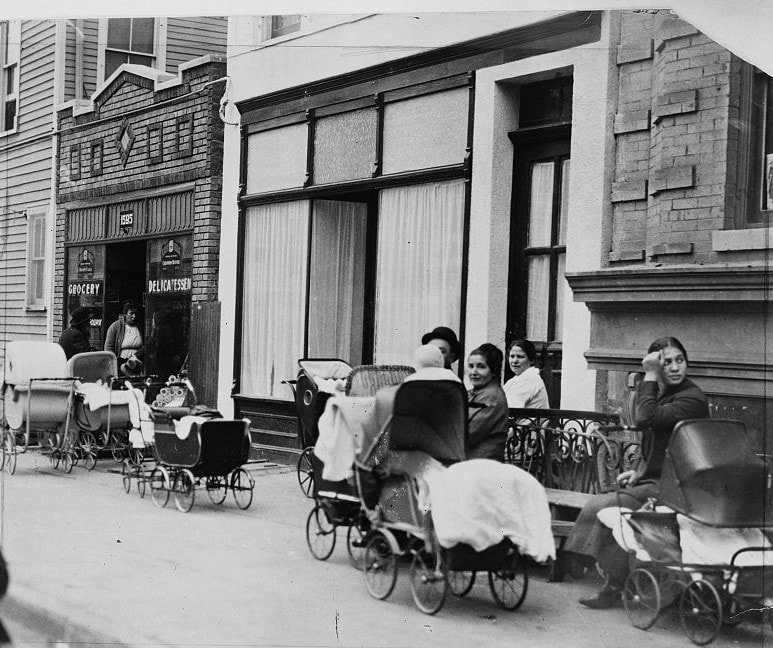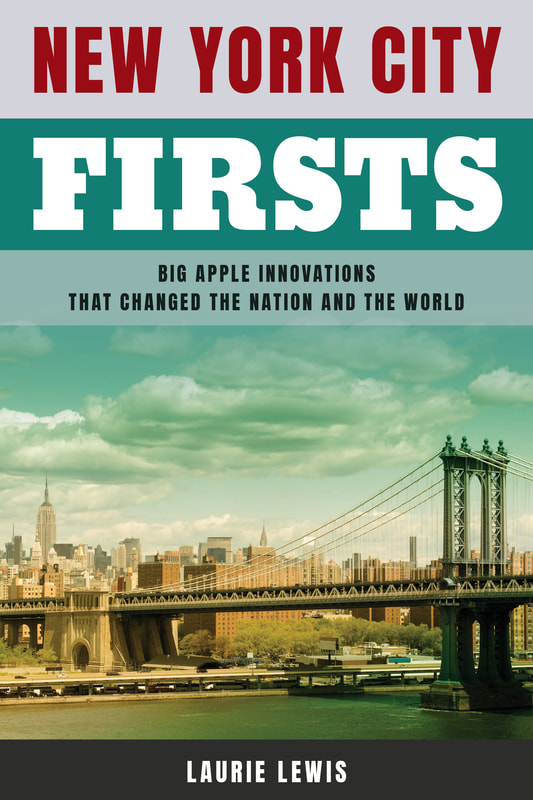|
By Laurie Lewis When the Supreme Court overturned Roe v. Wade this summer, ending abortion as a constitutional right, Justice Clarence Thomas issued a concurring opinion in which he suggested several long-standing rulings that also might be re-examined. One case related to the right to buy and use contraceptives. Margaret Sanger must be turning over in her grave! A lifelong advocate for women having control over their own bodies, Sanger opened the first birth control clinic in the nation in October 1916—106 years ago this month. The location was the Brownsville section of Brooklyn, which at the time was an impoverished immigrant community. Margaret Sanger, 1916 Born in 1879 in western New York State, this pioneering women’s rights advocate was the middle child in the large, financially strapped Higgins family. Seven of her mother’s eighteen pregnancies had ended in miscarriage. Margaret felt that the strain of so many pregnancies contributed to her mother’s death at just fifty years of age. While completing nurses’ training, Margaret Higgins met and married William Sanger. The couple eventually had three children. In 1910, the Sangers moved to New York City and became active in left-wing politics. But it was her work as a visiting nurse among the immigrants of the Lower East Side that compelled Margaret Sanger to turn her beliefs into action. As a nurse, Sanger saw many women who reminded her of her mother. Although they could barely feed and clothe their children, they continued to have babies. Weakened by poverty and repeated pregnancies, some of her patients died prematurely. Others suffered from botched abortions. Realizing that many of her patients and their neighbors lacked knowledge that would enable them to limit their family size, if they wanted to, Sanger set out to educate them. This was a radical idea! Both federal and state Comstock laws prohibited dissemination of material they defined as obscene. The laws imposed harsh penalties for conveying information about sex and reproductive health, as well as distributing contraceptives. Margaret Sanger was not to be deterred. In 1914 she launched a newspaper called The Woman Rebel. In its pages she introduced a term that had never before appeared in print: birth control. She wrote an inexpensive booklet, Family Limitation, in which she described and illustrated the contraceptive methods that were available at the time. Facing charges for violating Comstock laws, Sanger relocated to England. When Anthony Comstock, creator of the early obscenity laws, died the next year, she returned to New York. Although Comstock was gone, the laws named for him were not. In a direct challenge, Margaret Sanger opened the Brooklyn birth control clinic on October 16, 1916. In its short, ten-day life, a steady stream of women, many with babies in tow, came to the clinic seeking not contraceptives or abortions but simply information about preventing pregnancy. Within days, Margaret Sanger was arrested for violating Comstock laws, and the clinic was forced to close. Women waiting outside the first birth control clinic in the nation, 1916 Sanger continued to fight for legalization of birth control. She lived to see her dream of a contraceptive pill realized when the Food and Drug Administration approved the first oral contraceptive in 1960. In 1965, the year before she died, the Supreme Court ruled that the private use of contraceptives by married couples was a constitutional right. The case was Griswold v. Connecticut, one of the cases Justice Thomas called out earlier this year for re-examination. Eugenics Controversy Margaret Sanger has been accused of racism because of her association with eugenics, an early–twentieth-century movement positing that the human population could be improved by selective reproduction. Sanger became involved with eugenics because it was advocating for birth control. In eugenics, however, birth control is directed toward so-called inferior groups, including the poor and racial minorities. Sanger did direct her birth control outreach toward poor and Black women, as she felt they were in greatest need of information and methods to limit their family size, if they desired. Sanger’s connection with eugenics has put her in the same position as some one-time heroes whose racist activities have tainted their name. For example, Planned Parenthood, which traces its roots to Sanger’s birth control clinic, has removed her name from its Manhattan clinic, citing her support of eugenics. Throughout the country, statues of Sanger have been targeted for removal. Books by Your Friends at Take a Walk New York New York City Firsts: Big Apple Innovations That Changed the Nation and the World by Laurie Lewis is now available in bookstores and through online retailers. The 256-page book tells the creation stories of more than 300 New York originals, like the safety pin, the Oreo, and the rock musical. Find out more about the book, including links to buy it, at www.nycfirsts.com. Alan Cohen has written text to accompany full-color photographs by Harvey Kopel for Central Park People: A Photo Essay. The 136-page book celebrates the park’s beauty and the diverse people who are drawn to it. A custom-designed map shows where the photos were taken. Get the book on Amazon, at the Museum of the City of New York, or by emailing the photographer at [email protected] ($19.95 + $3.95 S&H). Tours
We are no longer scheduling public tours that are open to anyone. However, we are available for private tours. If you would like ideas for private tours, please see this website. |
Archives
April 2024
|





